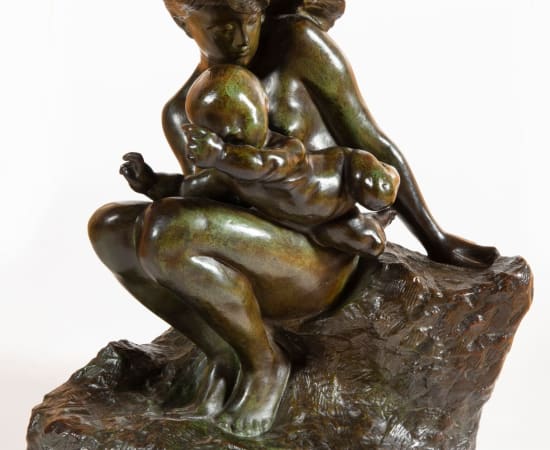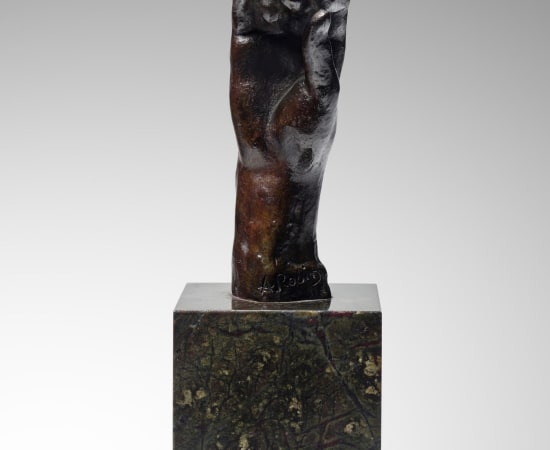Auguste Rodin (1840-1917) French
أعمال
فيديو
سيرة ذاتية
Francois Auguste Rene Rodin was born in 1840 in Paris. Rodin’s father was a detective in the Paris police department; his mother was a former seamstress. From an early age, Rodin was considered shy and was nearsighted. Even though Rodin lacked formal education and his early works were criticized by the art world, by the turn of the century, Rodin was famous worldwide. He is one of only a few sculptors who is widely known by even those who are not interested in art and is considered the founder of modern sculpture. Rodin began taking serious drawing lessons when he was 10. His training was in the traditional style. At 14, he entered a government school for craft and design in Paris. It was there that he discovered sculpture and received a thorough grounding in the tradition of French 18th-century art. Rodin took a craftsman-like approach to his artwork. He studied anatomy under sculptor Antoine-Louis Barye. In 1858 he sought admission to the Ecole des Beaux-Arts but was rejected on three occasions. Instead of formal education, he became an apprentice to the highly successful sculptor Albert-Ernest Carrier-Belleuse.
Auguste Rodin’s sculpture clashed with the norms and traditions of the times. Instead of decorative, formulaic, or highly thematic works inspired by mythology and allegory, Rodin’s work celebrated individual character and physicality. He modeled the human body with naturalism with soft flowing lines. Rodin was sensitive to the controversy and criticism his work created, but he refused to change his style.
Rodin’s method was unique. Instead of copying models in traditional academic postures, Rodin sketched freely moving amateur models, street acrobats, athletes, and dancers. After catching the movement in clay, Rodin reworked and fine-tuned the work before casting it in plaster and then forging it into bronze. Rodin had a large staff of pupils, craftsmen, and stonecutters working for him to aid in creating his masterpieces.
Auguste Rodin’s artworks attracted a number of admirers including the French government, which commissioned Auguste Rodin’s "The Kiss" in marble for the Universal exhibition of 1889. ‘The Kiss’ and Auguste Rodin’s ‘The Thinker,’ his most famous sculpture, both started out as small palm-sized sketches and were originally intended to be part of a much larger piece. The iconic nature of Auguste Rodin’s artwork makes works from the artist highly desirable and in high demand. The Bailly Gallery always welcomes art enthusiasts to view our exhibits and offerings. The gallery will gladly arrange appointments for private viewings for those wishing to add to their collections or for those wishing to sell pieces from their collection. Contact the gallery to arrange an appointment.
استفسار









